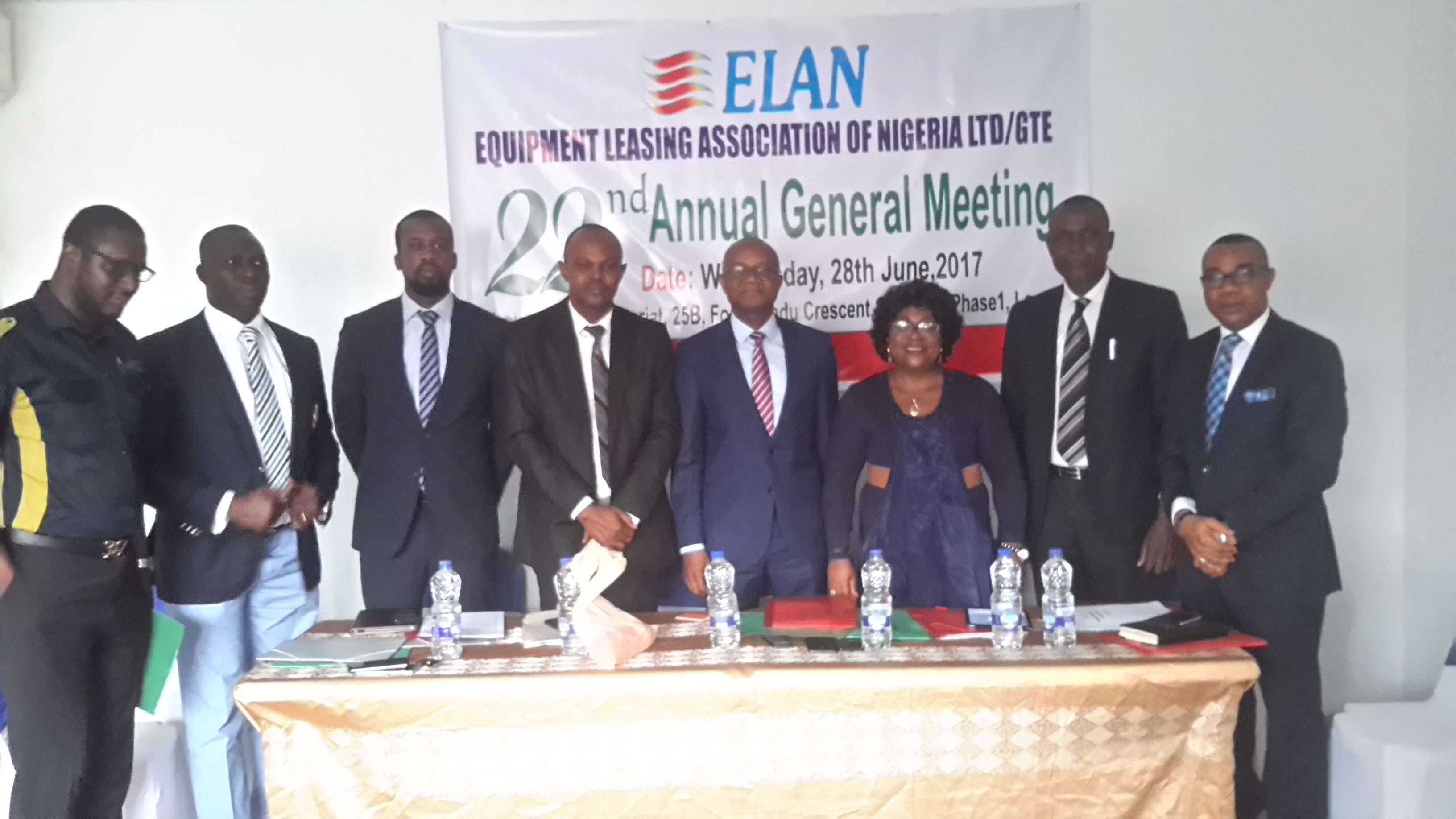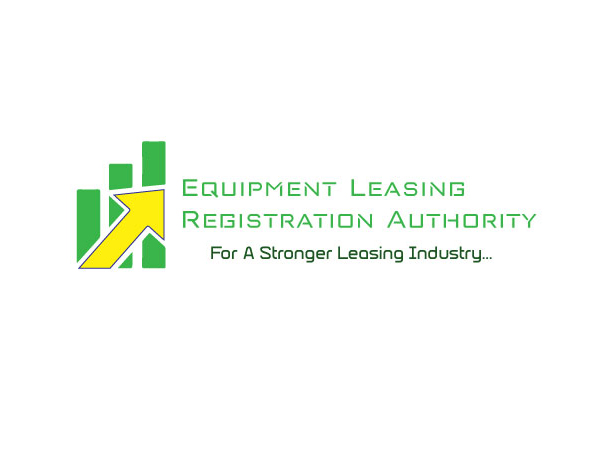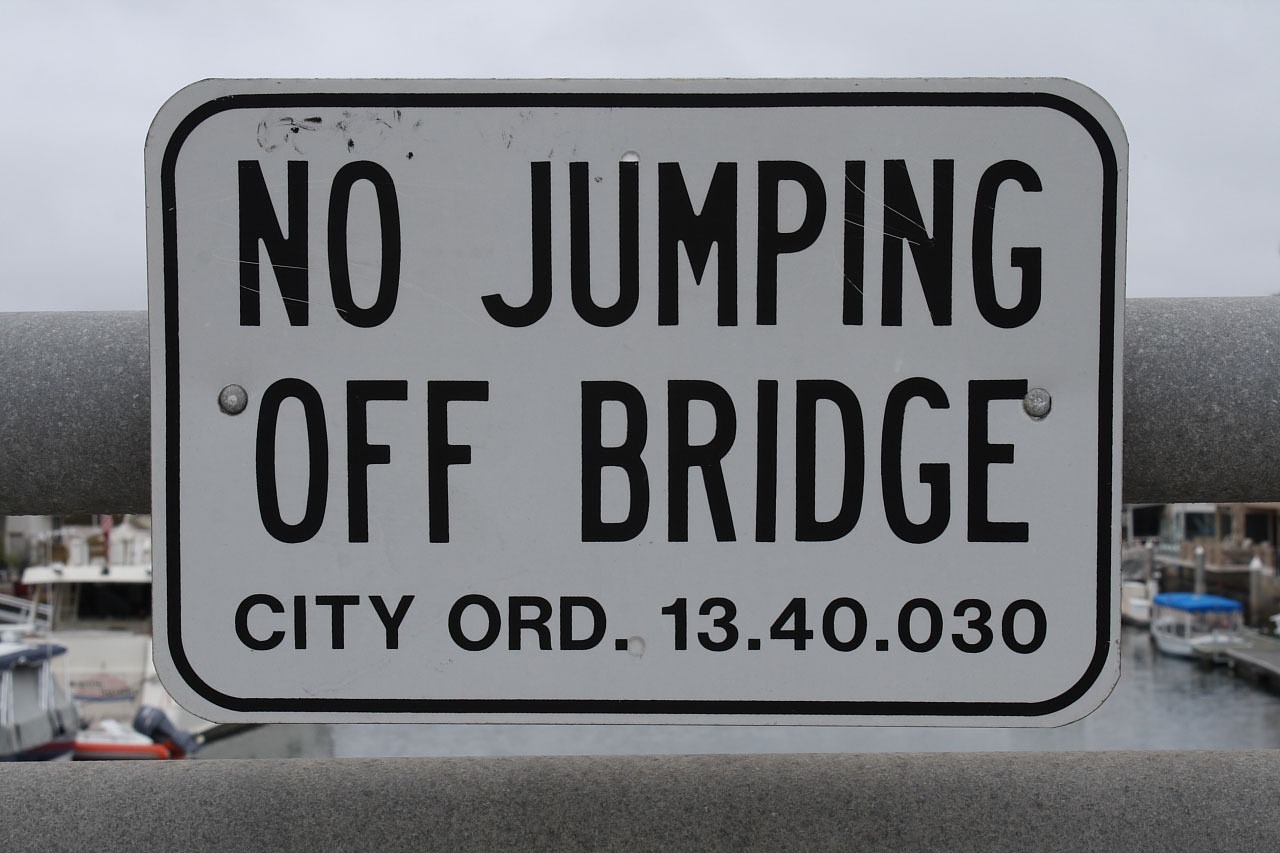ELAN VISITS INDUSTRIAL AND GENERAL INSURANCE PLC
The Equipment Leasing Association of Nigeria (ELAN) recently paid a courtesy visit to Industrial and General Insurance Plc (IGI).The visit is part of…
Read MoreStart winning more!
The success of a leasing business depends on the understanding of key factors such as: effective business packaging strategies; winning the deals strategies,…
Read MoreELAN HOLDS 23RD ANNUAL GENERAL MEETING
The 23rd Annual General Meeting (AGM) of the Equipment Leasing Association of Nigeria (ELAN) shall be held on Thursday, 28th June 2018 at ELAN…
Read MoreA NEW DAWN FOR THE LEASING INDUSTRY IN NIGERIA
The Equipment Leasing Act 2015 is part of Government’s support frame work to further stimulate development of the leasing industry to contribute more…
Read MoreTHE NIGERIAN LEASING INDUSTRY MAINTAINS POSITIVE OUTLOOK
The Nigerian leasing industry continued its positive growth trend in 2017. Outstanding lease volume during the period stood at N1.44trillion as against N1.26trillionin 2016,…
Read More10 KEY STEPS TO DEVELOP END OF LEASE NEGOTIATION STRATEGY
Several activities may be performed by the lessor at the end of lease. These include negotiation with the lessee and the first thing to…
Read MoreWINNING THE LEASE
These involve several ingredients including: ¨ Identifying the type of lessee: Are they those that need to lease (motivated only by cash consideration e.g. MSMEs…
Read MoreUNDERSTAND COMPLIANCE ISSUES IN LEASING
The Equipment Leasing Act (the new law on leasing in Nigeria), provides guide on how you must drive your business in a way…
Read MoreRED FLAGS IN THE ANALYSIS OF BUSINESS PROPOSALS AND OPERATIONS.
WATCH OUT FOR THESE RED FLAGS IN THE ANALYSIS OF PROSPECTS’ BUSINESS PROPOSAL AND OPERATIONS. Before you finance a lease for a lessee (user…
Read MoreSTRATEGIES TO OVERCOME COMMON OBJECTIONS IN LEASING
It is important for the lessor (owner of asset) to identify objections that may come your way as you prospect for business. Some of…
Read More










